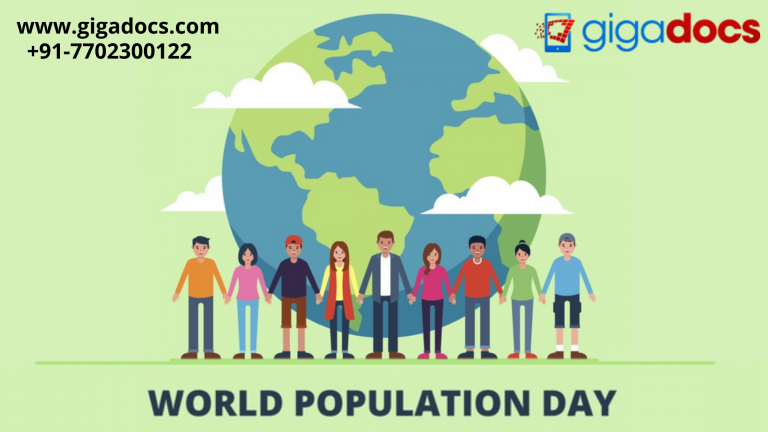As the year progresses, India’s population continues to expand steadily. Its population is rising at a quicker rate. India is predicted to overtake China as the world’s most populated country by 2024. However, towards the latter half of the twenty-first century, India’s demographic growth is predicted to slow and eventually decline.
Expanding population raises a slew of issues, including hunger and maternal health issues, all of which have socioeconomic and environmental repercussions.
World Population Day
The United Nations designated 11 July 1987 as “Five Billion Day” after the world’s population surpassed 5 billion people. Drawing inspiration, the then Governing Council of the United Nations Development Program declared 11 July World Population Day. This day is marked to draw global attention to the urgency and importance of population issues such as health problems faced by pregnant mothers, the importance of family planning, equal rights, etc.
Pressure on Medical, Educational and Social amenities
On a large scale, particularly in rural areas, family planning is not exercised sincerely. This leaves a considerable proportion of young (0-18 years), and the old (over 60 years) dependent on a relatively small workforce, which places a significant strain on the available medical, educational, and other social services.
According to estimates, over 25 million people are homeless, and over 170 million people lack adequate drinking water, putting them at risk of contracting water-borne diseases.
Gender Inequalities
Historically India has faced a disarmingly low national sex ratio (females per 1,000 males). Factors that contribute remain many—the main attributes to high female infant mortality (relative to male infant mortality) and female foeticide.
Anarchic manifestations of parental and social discrimination towards girls have been identified primarily as an attitude concern that adds to the low number of females per 1000 males in India.
Malnutrition
The population of a country has an impact on its standard of living. In India, there is a severe lack of nutrition, particularly in a well-balanced diet. The quality of life is low, and living circumstances are frequently deplorable, resulting in health issues such as deficiency disorders. People’s ignorance, insufficient healthcare facilities, and a lack of financial resources all stand in the way of bettering housing and healthcare standards.
Unemployment
The growing number of unemployed youths of working age grows as a result of unwelcome population expansion. Such destitute teenagers become a drain on society. People with higher education and skills have even fewer job opportunities. As a result, job seekers from all walks of life, both educated and illiterate, skilled and unskilled, come to urban regions in quest of work. This ultimately has led to a situation where our towns and cities have become congested.
Deteriorating living conditions have caused socioeconomic and environmental depletion—the banes of population growth include crime and delinquency, pollution, transportation, and violence that gripples our cities and towns more than ever before.
When youngsters have job prospects, they enhance their financial and social well-being and contribute to the nation’s economic progress. Gigadocs provides youth employment opportunities by giving self-employment options to the country’s young entrepreneurs. With Gigadocs’ self-employment initiative, youth can become financially independent and thereby contribute to society in its progress.
Solving the Overpopulation Population Menace
India is one of the world’s most densely inhabited countries. Despite having only 2.4 percent of the world’s land area, it supports more than 15 percent of the world’s population. For resolving India’s population explosion concern, birth control and stringent family planning measures have long been proposed, but they have yet to yield futile results.
- Birth Control- This appears to be the most popular means of limiting population expansion. However, on the other hand, family planning has not had much success, which attributes to low literacy levels and lack of popular interest.
- Rapid Economic Development- Achieving a higher growth rate for the entire economy calls for an attitude shift. People must be taught to believe that their poverty is reversible, and they can also experience all of the benefits enjoyed by individuals in better income categories. Only then will they begin to work conscientiously. People will also accept a small family norm if they realize that having too many children will undoubtedly keep them poor.
We believe that by introducing new approaches that would stabilize India’s population in the coming decades, vast disparities in growth rate, literacy level, and sex ratio must be considered.
Gigadocs wishes on this World Population Day and extends digital doctor consultation services to all its patrons. To know how you can book a specialist for all your healthcare needs,
Reach us on the Gigadocs app-
- IOS App – apple.co/2W2iG4V
- Android App – bit.ly/33AQoRC
To know more e-mail, at info@gigadocs.com




